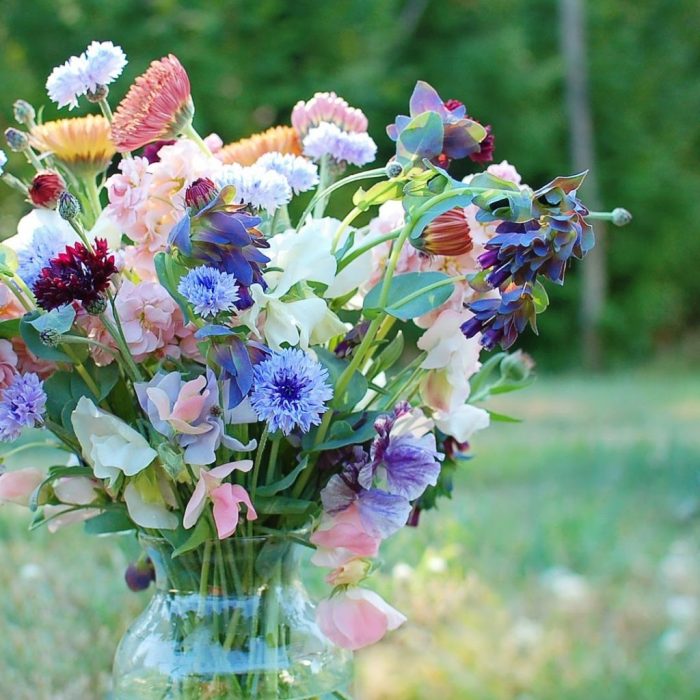Types of House Plant Potting Soil
House plant potting soil – Choosing the right potting soil is crucial for the health and vitality of your indoor plants. Different plants have varying needs regarding water retention, drainage, and aeration, and selecting the appropriate soil type directly impacts their growth and overall well-being. Understanding the properties of various potting mixes empowers you to cultivate a thriving indoor jungle.
Potting Soil Types: A Comparison
The market offers a diverse range of potting soils, each with its unique composition and characteristics. The three most common types are peat-based, coco coir-based, and soilless mixes. The following table summarizes their key features:
| Feature | Peat-Based | Coco Coir-Based | Soilless Mix |
|---|---|---|---|
| Water Retention | High | Medium to High | Variable, depending on components |
| Drainage | Moderate | Good | Good to Excellent |
| Aeration | Moderate | Good | Excellent |
| Cost | Moderate | Moderate to High | Variable |
Peat-Based Potting Soil: Benefits and Drawbacks
Peat-based potting mixes, traditionally the most common type, offer excellent water retention due to peat moss’s high absorbency. This makes them suitable for plants that prefer consistently moist soil, such as African violets or ferns. However, peat harvesting raises environmental concerns, and peat-based mixes can become compacted over time, hindering drainage and aeration. This compaction can lead to root rot, particularly in poorly draining containers.
For plants requiring excellent drainage, such as cacti and succulents, peat-based soil is less ideal.
Coco Coir-Based Potting Soil: Benefits and Drawbacks, House plant potting soil
Coco coir, derived from coconut husks, is a sustainable alternative to peat. It provides good water retention and aeration, striking a balance between moisture and drainage. Coco coir is generally well-suited to a wide range of houseplants, including orchids and tropical plants that need consistently moist but well-draining soil. A potential drawback is its slightly higher cost compared to peat-based mixes.
Additionally, coco coir can be quite salty when first used and requires thorough rinsing before use.
Soilless Potting Mixes: Benefits and Drawbacks
Soilless mixes are blends of various organic and inorganic materials, often including perlite, vermiculite, bark, and composted materials. These mixes offer excellent drainage and aeration, preventing waterlogging and promoting healthy root development. They are particularly well-suited for plants that are sensitive to overwatering or prefer well-aerated soil, such as succulents, orchids, and many tropical plants. The composition of soilless mixes can be highly variable, and their water retention capabilities depend heavily on the specific ingredients.
The cost also varies significantly depending on the components.
Composition of a High-Quality Potting Mix
A superior potting mix typically includes a blend of ingredients designed to optimize water retention, drainage, and aeration. A common example might consist of:* Peat moss or coco coir: Provides water retention and organic matter.
Perlite or vermiculite
Improves drainage and aeration, preventing compaction.
Composted bark or other organic matter
Adds nutrients and improves soil structure.
A slow-release fertilizer
Provides essential nutrients for plant growth.The precise ratio of these ingredients can vary depending on the intended use and the type of plants to be grown. For example, a mix for succulents might contain a higher proportion of perlite for improved drainage, while a mix for moisture-loving plants might include more peat moss or coco coir.
Popular Questions: House Plant Potting Soil
What is the best potting soil for succulents?
Well-draining soil is crucial for succulents. A cactus and succulent mix, often containing perlite or pumice, is ideal to prevent root rot.
How often should I repot my houseplants?
Repotting frequency depends on the plant’s growth rate and the size of its pot. Generally, repotting every 1-2 years, or when roots become root-bound, is recommended.
Can I use garden soil for houseplants?
No, garden soil is usually too dense and retains too much water, leading to root rot in houseplants. Use a well-draining potting mix formulated for indoor plants.
My plant’s leaves are yellowing; could it be the soil?
Yellowing leaves can indicate several issues, including improper soil drainage, nutrient deficiencies, or overwatering. Check for root rot and consider adjusting your watering and soil.
How can I improve the drainage of my potting soil?
Amend heavy soil with perlite or vermiculite to improve drainage. You can also ensure your pots have adequate drainage holes.
Hey there, fellow plant pals! Choosing the right house plant potting soil is super important, you know? It’s the foundation for happy, healthy plants! For instance, if you’re thinking about growing juicy tomatoes, check out this awesome guide on how to plant tomatoes in a pot to see how the right soil makes all the difference.
Then, once you’ve mastered tomato planting, you can apply that soil knowledge to all your other houseplants! Happy gardening!


